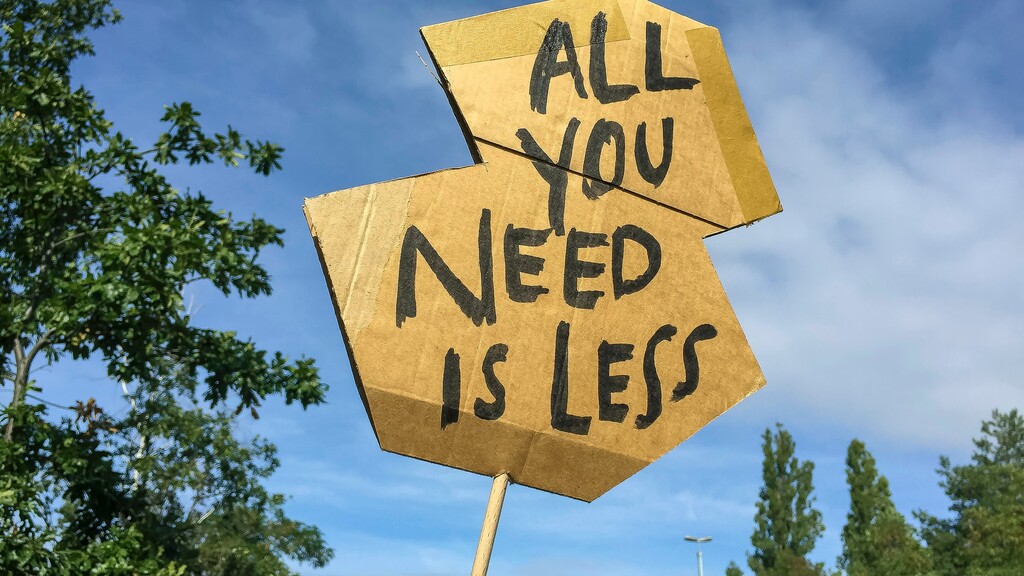

Constantly on the move and preferably as quickly as possible. Depending on the possibilities, this can work better or worse. Cars and airplanes in particular are known to cause a lot of CO2.
In total, the use of cars and similar vehicles causes 1,610 kg of CO2e per person per year. The easiest way to reduce emissions is directly in front of us: In particular, the load factor of the respective means of transport plays a major role in terms of CO2 emissions per person. A car occupied by one person causes more CO2 emissions per person than a car occupied by five passengers. Thus, the figures are usually given in passenger kilometers (PKM) - the kilometer traveled multiplied by the number of passengers. This text mainly talks about CO2, but in scientifically correct terms we are talking about CO2equivalents, the so-called CO2e.
Flights most harmful to the climate
When it comes to flying in particular, there are few options for reducing CO2consumption, despite the fact that flying is a major emitter of greenhouse gases. For example, a round-trip flight from Düsseldorf to Mallorca emits 680 kg of CO2e. To put this in perspective, this flight causes 2 square meters of arctic ice to disappear. But the flying person can contribute little to the reduction, unless he or she does without flying. On the other hand, the airlines would have to upgrade their technical and regulatory systems in order to reduce emissions. In other words, the latest environmentally compatible technologies would have to be used and political regulations for reduction would have to be established. Those who cannot do without flying, however, have the option of offsetting the CO2 emissions.
Driving alone or together?
If one does not live in the city, a car is still often needed. This is considered to be the second largest producer of greenhouse gases after the airplane. With 152 gr per PKM one is still clearly behind the airplane, which has 254 gr per PKM. However, it is difficult to reduce greenhouse gas emissions by car, unless the time spent in the car can be reduced. But there are some ways to reduce emissions: For example, when buying a new car, it is possible to use a drive technology that is both more sustainable and more environmentally friendly than a gasoline engine. In addition, when traveling to work or to visit friends, people can make sure to form car pools if they have the same route. This also reduces the individual's travel time and thus CO2 emissions.
Use bus and train
Ultimately, the most sustainable mobile travel option is public transport by bus and train. This becomes clear when comparing the CO2emissions of bus and car per person-kilometer: while the car causes 152 gr per PKM, local transport by streetcars causes just half that, 75gr per PKM. However, also in this case the choice of the vehicle should be taken into account, the local transport bus causes 111 gr per PKM and the long-distance transport only 27 gr PKM.
Bicycle and walking reduced possibility
If the possibility exists, the bicycle should be used or walking should be chosen. These two options are the most climate friendly, as both do not cause CO2 emissions.
Travel then still possible?
Just because flying should not be used, does not mean that travel has to be abandoned! Especially with fast or night trains, it is often possible to reach the destination just as quickly as with short or medium-haul flights, if you take into account the times for check-in and security checks when flying. Always following the motto "First reduce - then compensate!" the frequency of flying should be reduced first before starting to compensate for it.
Sources:
WWF; Umweltbundesamt Klimaneutralität; Umweltbundesamt Vergleich